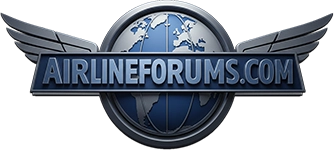first of all, the whole notion that AA can successfully acquire B6 is far from a given.
Even if it makes strategic sense, B6's entire network is built around its low costs; AA's costs will be much higher and thus a lot of routes that B6 currently flies just won't work.
The only real value to AA in NYC is all of the slots B6 holds - but in order to get those slots they have to buy a whole lot of other assets including huge Florida and Caribbean operation from which AA has walked away from many markets over recent years. Add in that there will certainly be divestitures if AA/US/B6 merged, and you have to ask what is the real value.
B6 is relatively cheap in market value because they are not delivering the profits they once did.
And, in reality, B6 is already facing enormous financial pressure because of DL's buildup at LGA; much of B6's short haul network can be served from LGA because it is inside the perimeter. Even based on DOT stats from last summer - the most recent - DL is pulling a lot of local NYC traffic from B6 at JFK and onto DL flights at LGA. DL has enormous capacity to shift local NYC traffic to LGA, regardless of who else hubs at JFK. EWR does have the advantage of having a full hub at one airport, even if EWR is not the preferred airport for either NYC shorthaul or longhaul local traffic.
Finally, AA can get what it needs in NYC w/ the slots it has - if they can successfully win business away from B6 DL, and UA.
Let's also not forget that AA/US has yet to fully merge. AA/US creditors (who will become stockholders) are not going to be the least bit interested in adding more risk to their investment until the current merger is up and running - and by that time, the competitive situation could change a lot.
IF - and that is a big IF - B6 merges w/ anyone, then it would be appropriate to talk about DL's response.
For now, DL is still the largest carrier at both LGA and JFK.
